There are many words in Japanese that look similar but have very different meanings. This time, we will explain Japanese words related to cuisine, beef, and sake, which are often seen at hotels, inns, and restaurants. Knowing these differences will surely make you want to tell your friends with a triumphant look!
What is the difference between "会席料理" and "懐石料理" (both read as kaiseki ryori)?
First, let's talk about "kaiseki ryori" or kaiseki cuisine, a course-style meal that is often served at dinner in Japanese inns.
"Kaiseki ryori" can be written as "懐石料理" or "会席料理" in kanji characters. There must be a lot of people who think that even though the kanjis are different, but since they pronounce the same, aren't they the same? In fact, "懐石料理" and "会席料理" are two completely different dishes that differ in many ways, from the historical background to the order in which they are served.
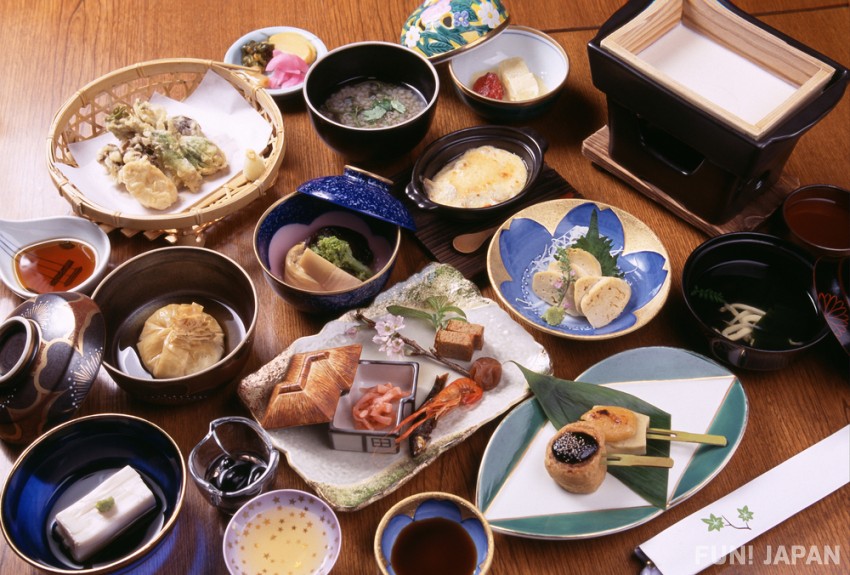
"会席料理" was born to enjoy sake
First, let's explain the meaning of '会席料理' kaiseki cuisine, which is often eaten by tourists visiting Japan.
“会席料理” is a Japanese course meal served at banquets and dinners, and is meant to be enjoyed with sake. In the early Edo period (1603 - 1868), haiseki (俳席), where haiku poets gathered, was called kaiseki (会席 - a place where people meet). It is said that kaiseki ryori was born to let them enjoy sake at the gathering after composing haiku.
'会席料理' is a cuisine that is meant to be enjoyed with alcohol, so it is basic to start with appetizers, followed by fish sashimi, grilled food, fried food, steamed food, etc. while drinking alcohol, and finish with rice and soup. There are no detailed regulations or rules, meaning you can casually enjoy sake and seasonal ingredients. The '会席料理' kaiseki cuisine has long been inherited as a gorgeous looking Japanese dish, and is still served at many inns, guesthouses, and Japanese restaurants nowadays.
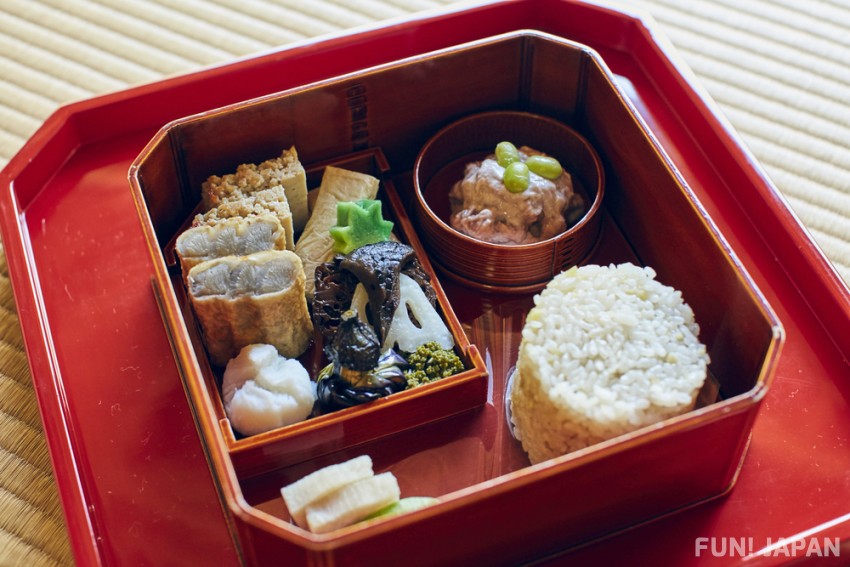
"懐石料理" was born to enjoy tea
In contrast to the above '会席料理' kaiseki cuisine, which was created to enjoy alcohol, '懐石(*1)料理' kaiseki cuisine was born to enjoy tea. Its history is older than the '会席料理' and is said to date back to the Azuchi-Momoyama period (1568 - 1600) when the tea ceremony was established. It is a light meal served before drinking tea at a tea ceremony or a tea party to beat hunger.
The biggest difference from '会席料理' kaiseki cuisine is that the order in which the dishes are served. In '懐石料理' kaiseki cuisine, the rice and soup are served first. It is common to enjoy grilled fish and simmered dishes after having rice and soup, and then serving thick tea and Japanese sweets at the end of the meal.
*1: “懐石” (Kaiseki) refers to “a warm stone that a Zen monk would put in his bosom to beat hunger and cold”.

In '懐石料理' kaiseki cuisine, the tea served at the end is the main star of the course. Therefore, dishes tend to avoid heavy seasoning. Also, in order to avoid confusion with '会席料理' kaiseki cuisine and distinguish it, '懐石料理' kaiseki cuisine is called 'cha kaiseki (茶懐石)' at some restaurants.
Related article
“Domestic beef” (国産牛) and “Wagyu beef” (和牛) have different meanings!?
Beef is often used in many Japanese cuisines such as sukiyaki, shabu-shabu, and teppanyaki. From here, let's understand the meaning of the words "wagyu beef" (和牛 / Wagyu) and "domestic beef" (国産牛 / Kokusangyu)!
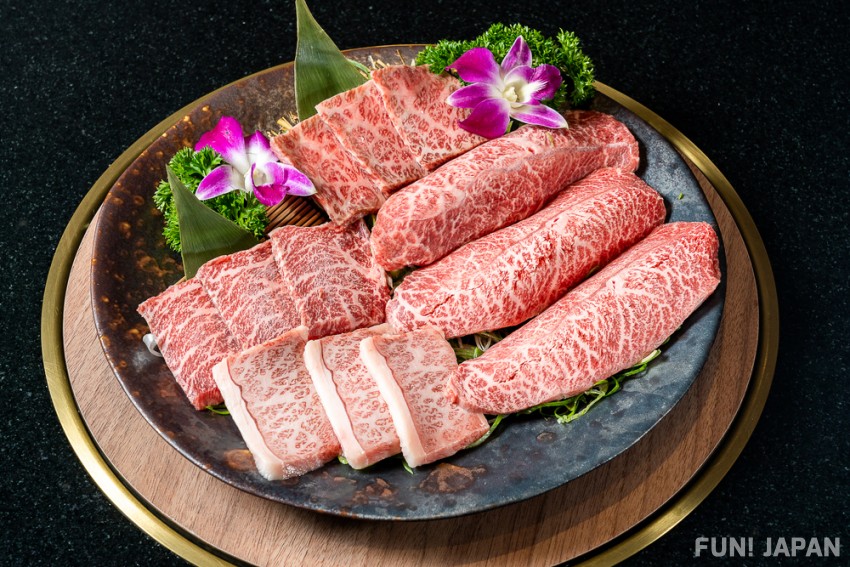
“Domestic beef” (国産牛) refers to cows that have undergone fattening period in Japan the longest
According to the "Food Labeling Standards" issued by the Ministry of Agriculture, Forestry and Fisheries, regardless of the production area or breed, if the cattle has been fattened in Japan for the longest period (comparing to the period that cattle has been fattened or raised in other countries), it can be labeled as "domestic beef" (or to be precise, 'domestically raised beef'). Let's say a foreign breed cow was born in the United States. If it has been raised in Japan the longest (longer than the period it was in United State), "Japan" can be written as its place of origin, despite being an imported cow.
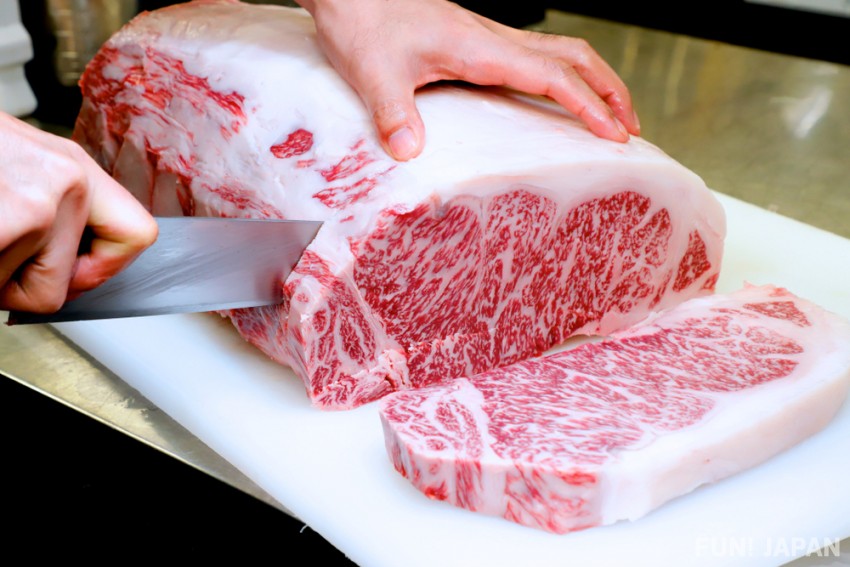
"Wagyu" (和牛) is a breed of cattle that is unique to Japan
On the other hand, there is a much stricter definition of "Wagyu" (和牛), which refers to four cattle breeds of "Japanese Black" (黒毛和種), "Japanese Brown" (褐毛和種), "Japanese Poll" (無角和種), "Japanese Short-Horned" (日本短角種) produced by repeatedly crossbreeding based on Japanese native cattle, or the crosses between these breeds only. "Kobe Beef", "Matsusaka Beef", and "Sendai Beef" are some well-known "Wagyu" brands overseas.
In order to sell "Wagyu" in Japan, in addition to proving its birth in Japan, pedigree, type classification, etc. with documents, it is also a must to provide the birth and breed information in the "Beef Traceability System (*2)". To identify a genuine wagyu beef, it is necessary to attach a "uniform wagyu mark", etc. which is strictly controlled by law. Therefore, 'Wagyu' tends to be more expensive than general 'domestic beef'.
*2: A traceability system that manages domestic cattle with a 10-digit individual identification number. If you search for the number assigned to each cow on the website "Individual Identification Information Search Service for Cattle", you can find out its breeding place, date of birth, breed, etc.
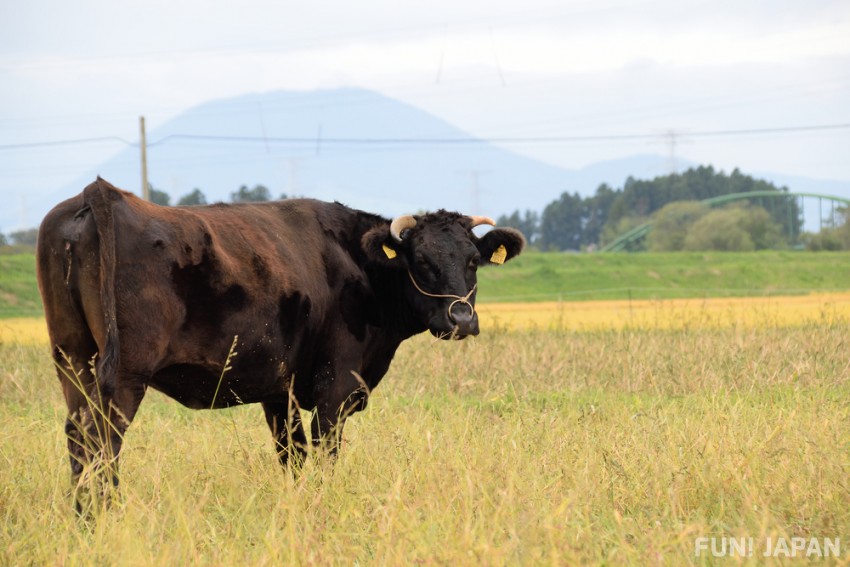
In recent years, there is more Muslim-friendly "Halal-certified" wagyu beef going to the market which strictly follows the precepts, from the processing and cooking of the beef to the shipping facilities and equipment. Muslims can rest assured that they can enjoy delicious wagyu steak and sukiyaki.
Related articles
- Are you under the impression that "Hokkaido 3.6 Milk = delicious milk" and "A5 Wagyu Beef = delicious meat"?
- What is Kuroge Wagyu? Kobe Beef, Miyazaki Beef...What’s the Difference?
What is the difference between "sake" (清酒) and "Japanese sake" (日本酒)?
Japanese sake is of high quality and is so popular that the word “sake” is used all over the world, just like “Wagyu”. Here, we will introduce the difference between "sake" (清酒 / Seishu) and "Japanese sake" (日本酒 / Nihonshu) that you can enjoy at hotels, izakayas, and restaurants. For those who thought they were somehow the same - in fact there is a completely difference!
★Drunken driving is prohibited.
★Drinking underage is prohibited.
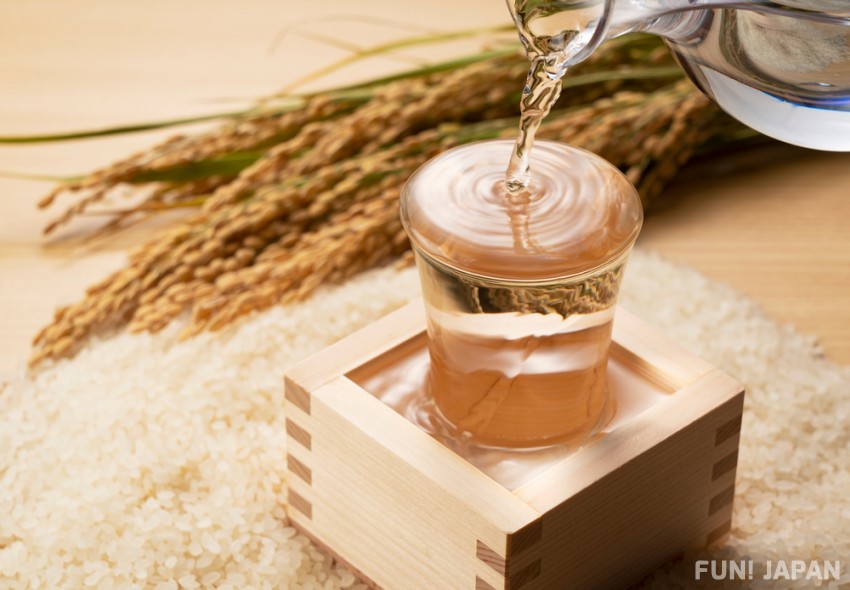
“Sake” (清酒 / seishu) is one of the categories of alcoholic beverages
Under the Liquor Tax Law enacted by the National Tax Agency, in Japan, "sake" (清酒 / seishu - refined sake) is classified as one item category of alcoholic beverages, along with "beer", "fruit wine" and "whiskey".
Under the Liquor Tax Law, "sake" (清酒) must have an alcohol content of less than 22% and must clear several other conditions as well. Roughly speaking, this term refers to “all types of alcoholic beverages made by fermenting and filtering(*3) rice, rice koji, and water,” including those produced overseas.
*3: “Filtration” (濾す / kosu) is the process of separating the fermented liquid part called “moromi” into raw sake and sake lees during the manufacturing process.
"Japanese sake" (日本酒 / Nihonshu) is a type of "sake" (清酒) brewed in Japan using Japanese ingredients

On the other hand, "Japanese sake" (日本酒 / nihonshu) is defined as "sake" (清酒 / seishu) that uses only rice produced in Japan and is manufactured in Japan. Representative examples of “Japanese sake” include “Dassai” (獺祭) from Yamaguchi Prefecture, which is popular overseas, “Juyondai” (十四代) from Yamagata Prefecture, and “Hakkaisan” (八海山) from Niigata Prefecture.
Another big difference between "Japanese sake" and "sake" is that the name "Japanese sake" is designated by "Geographical Indication (GI) (*4)".
*4: Law Concerning Protection of Names of Specified Agricultural, Forestry and Fishery Products such as Alcoholic Beverages and Foods. "(GI)” is an index that indicates that the production area is authentic and that production meets certain standards.

Since "Japanese sake" (日本酒) was designated as a "Geographical Indication for Alcoholic Beverages (GI)" in 2015, it has become possible to more clearly distinguish between sake (清酒) made from foreign rice and sake (清酒) produced outside of Japan, and genuine "Japanese sake" (日本酒). This means that even consumers who are not familiar with alcohol can easily choose high-quality "Japanese sake" and easily purchase "Made in Japan" products at ease. The next time you have the chance to buy a "Japanese sake", why not look for the "GI" logo on the bottle?
This time, we introduced three Japanese words related to food. Be sure to check out FUN! JAPAN's articles that you should read before traveling to Japan, such as "The difference between 'green tea' and 'matcha'"! If there is a theme that you would like the editorial team to explain in the future, please let us know in the comments section.
Articles related to Japanese culture
- 【FUN! NIHONGO】"Sakura", "Momiji" and "Ichou" were all meat! ?? Summary of Japanese words that have completely different meanings ~Plants and flowers Edition~
- If you know these Japanese words, you might be looked up to by Japanese people
- Now you can be a Japan guru too! Yukata v.s. kimono - comparing the features and differences from 4 perspectives
- Representatives of Konamon gourmet! What are the differences between Okonomiyaki & Monjayaki...?

Comments